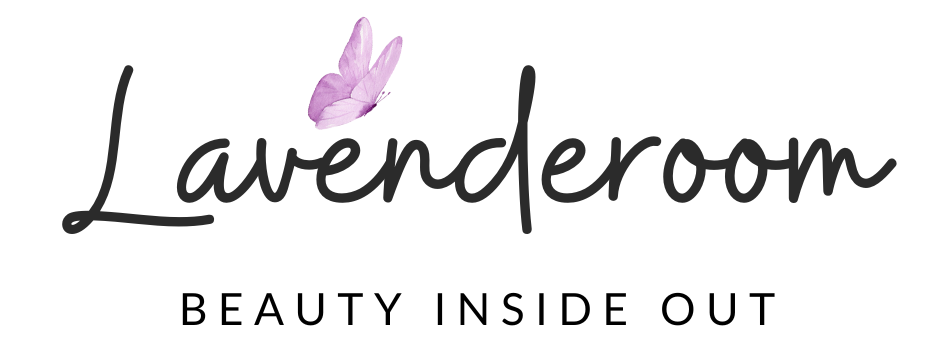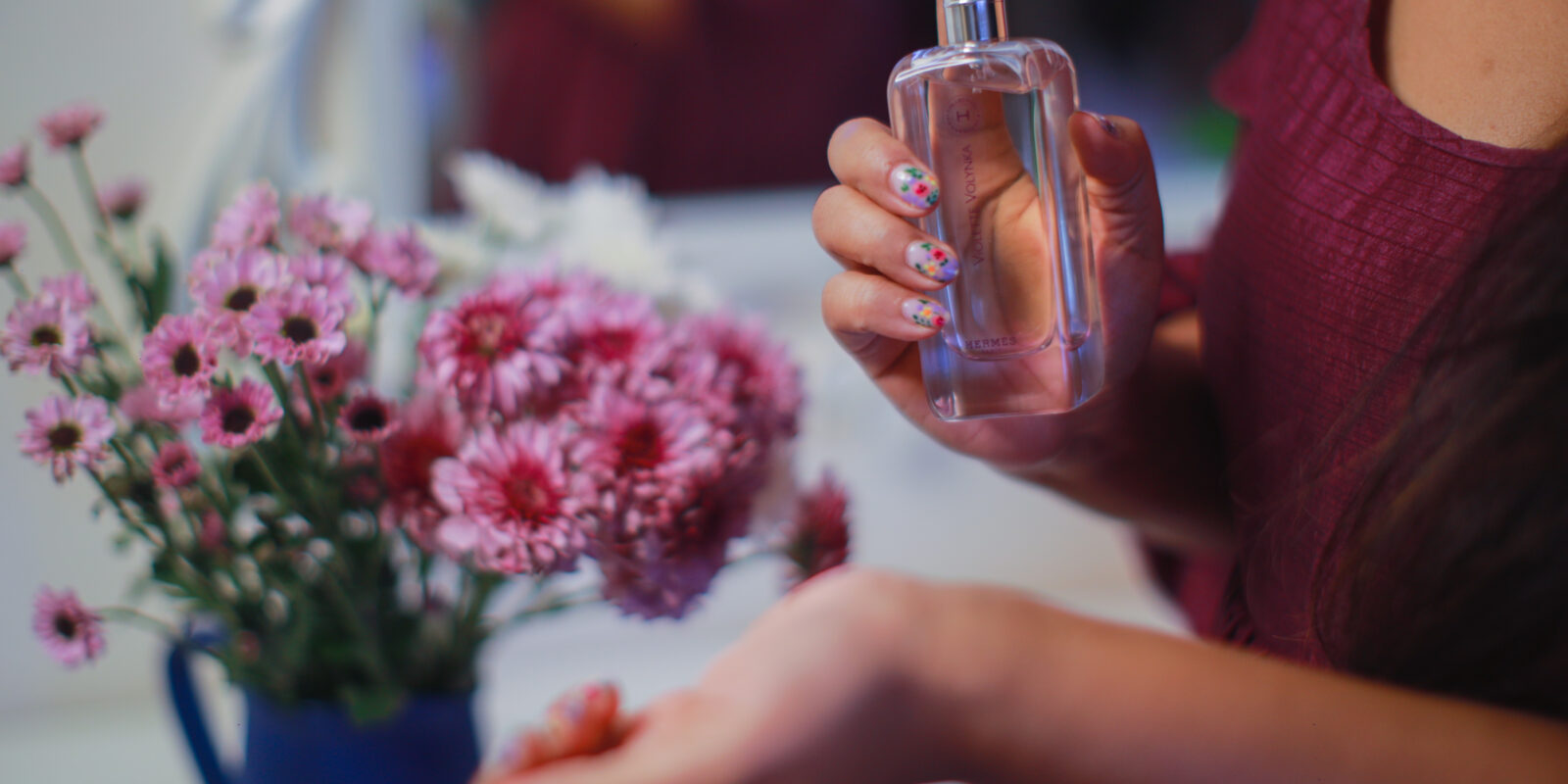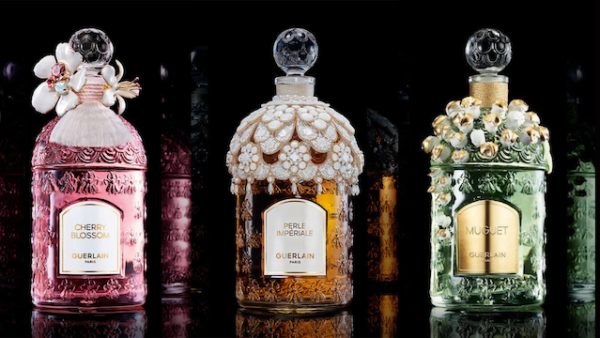Think of perfume layering like mixing colours on a canvas or layering your wardrobe staples to create a new look every time you step out. I got hooked on layering, as I had the Goldilocks Principle – I wanted a perfume to smell more rose or earthy. And as a beauty editor and fragrance content creator, I have access to more perfumes than I would have typically owned or used. As part of my work, I smelled perfumes regularly and often wondered how they would smell together. I also had some perfumes gifted by loved ones which were beautiful but perhaps not my type. So, I started mixing fragrances to create something that works for me.
And it’s easier than you think it is! Discovering your signature scent through perfume layering — besides finding your individual scent — is also a very stimulating journey that you must try once. Here, we tell you everything you need to know about perfume layering and the right way to layer.
What is perfume layering?
Perfume layering is a fun and creative way to make different smells by combining different perfumes or scents. It’s like mixing colours to create new ones but with smells instead! Imagine you have a bunch of different bottles of perfume. Each bottle has its special smell, just like different colors have unique looks. Let’s say you want to make a completely new and unique smell. Instead of just one perfume, you can choose and use two or more perfumes together. By layering them, you create a special combination of scents that can be interesting and different from just using one perfume.
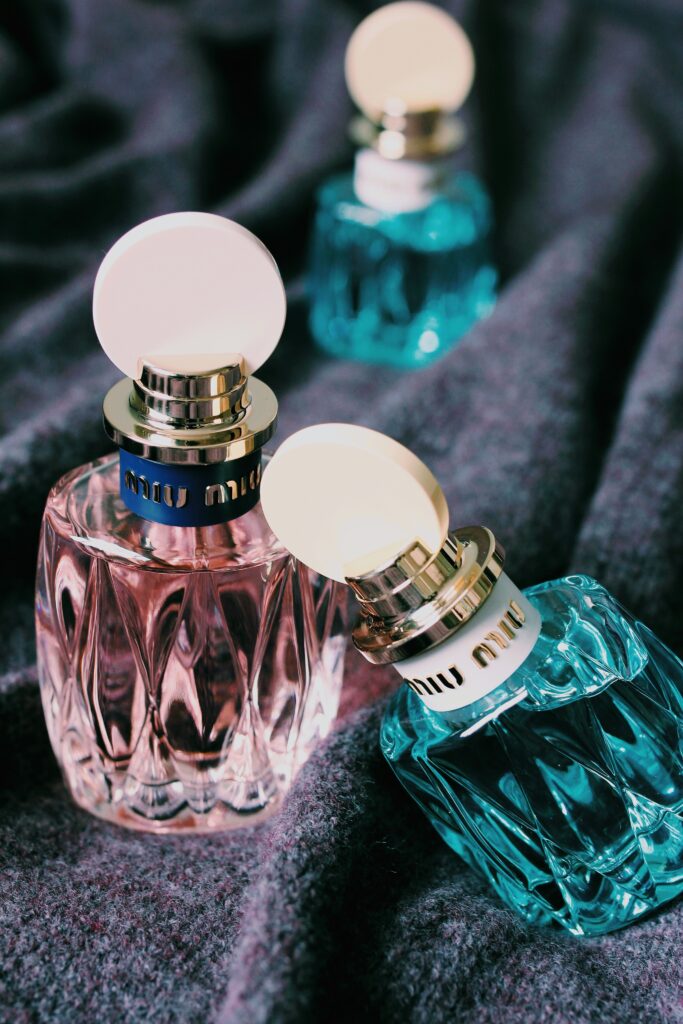
For example, if you have a perfume that smells like flowers and another one that smells like fruits, you can spray a little bit of the flower perfume and then add a dab of the fruit perfume on top. When the two scents mix, they create a new and unique smell that is a combination of flowers and fruits. It’s like creating a new color by mixing two different paint colors together!
Why should you try perfume layering?
You can create more with less. Layering enables you to transform and adapt your fragrances to different seasons, events, or even day-to-night transitions. Mixing and matching perfumes allows you to tailor your scent to suit specific occasions or match your mood. The best part is that by layering different perfumes, you can create a fragrance that is unique to you. This allows you to express your individuality and create a signature scent that sets you apart from others.
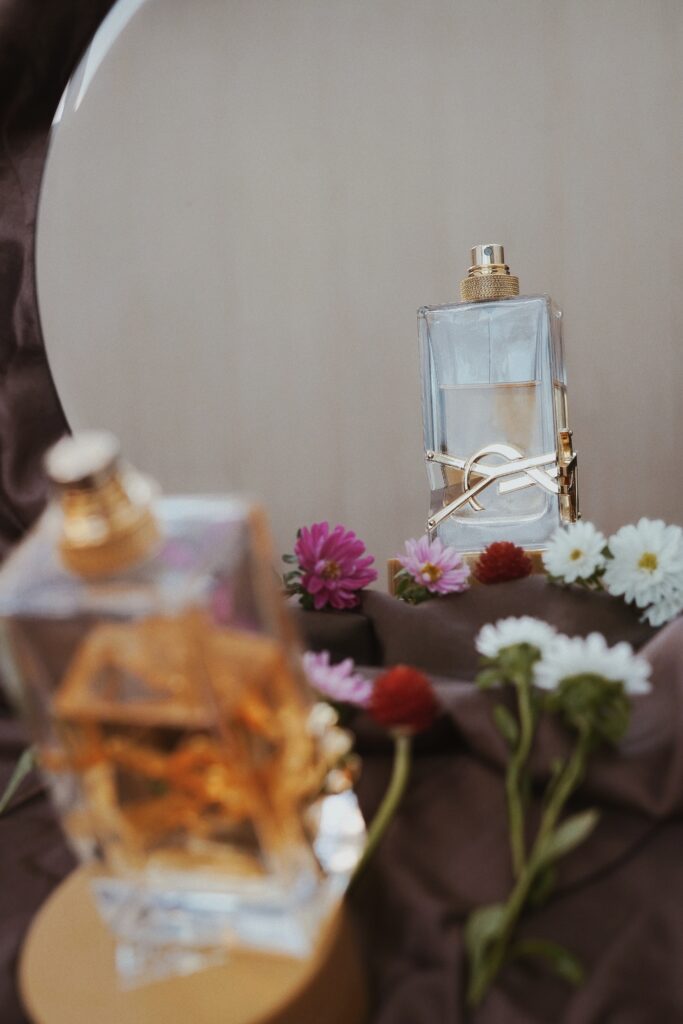
I had the opportunity to conduct a workshop on perfume layering for beauty digital creators in Delhi, in collaboration with So Fragrance, a UK-based brand. The workshop aimed to empower creators with knowledge about fragrance layering and inspire them to explore personalized scent combinations. Sharing some notes.
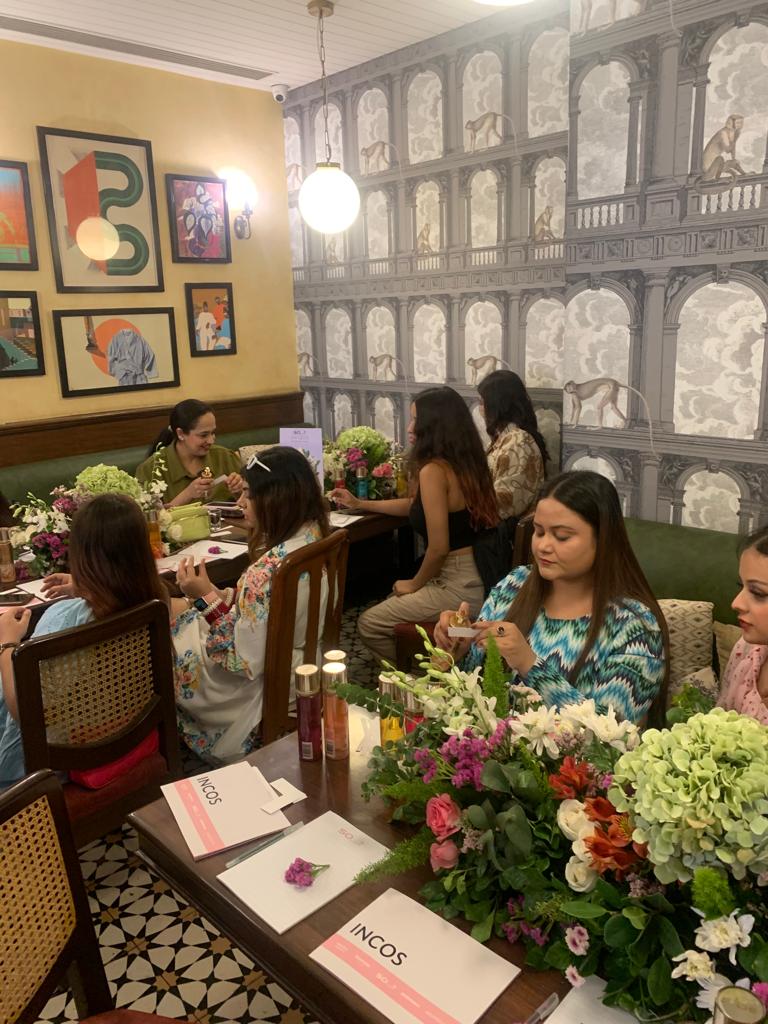
Follow these steps to identify your scent type and create your unique fragrance:
Step 1: Pay attention to your preferences
Notice the scents you naturally like or dislike. Flowers, fresh citrus, sweet vanilla, or warm spices? Take note of what makes you happy and relaxed.
Step 2: Experiment with different fragrances
Explore scents at perfume stores. Try perfumes, scented candles, lotions, and essential oils to find what attracts you most.
Step 3: Consider your personality and preferences:
Think about your favourite activities and environments. Outdoor lovers may enjoy fresh or green scents, while cosy environments might call for vanilla or spice notes.
Also Read:These are your ideal perfumes according to zodiac signs
Step 4: Familiarise yourself with fragrance Families
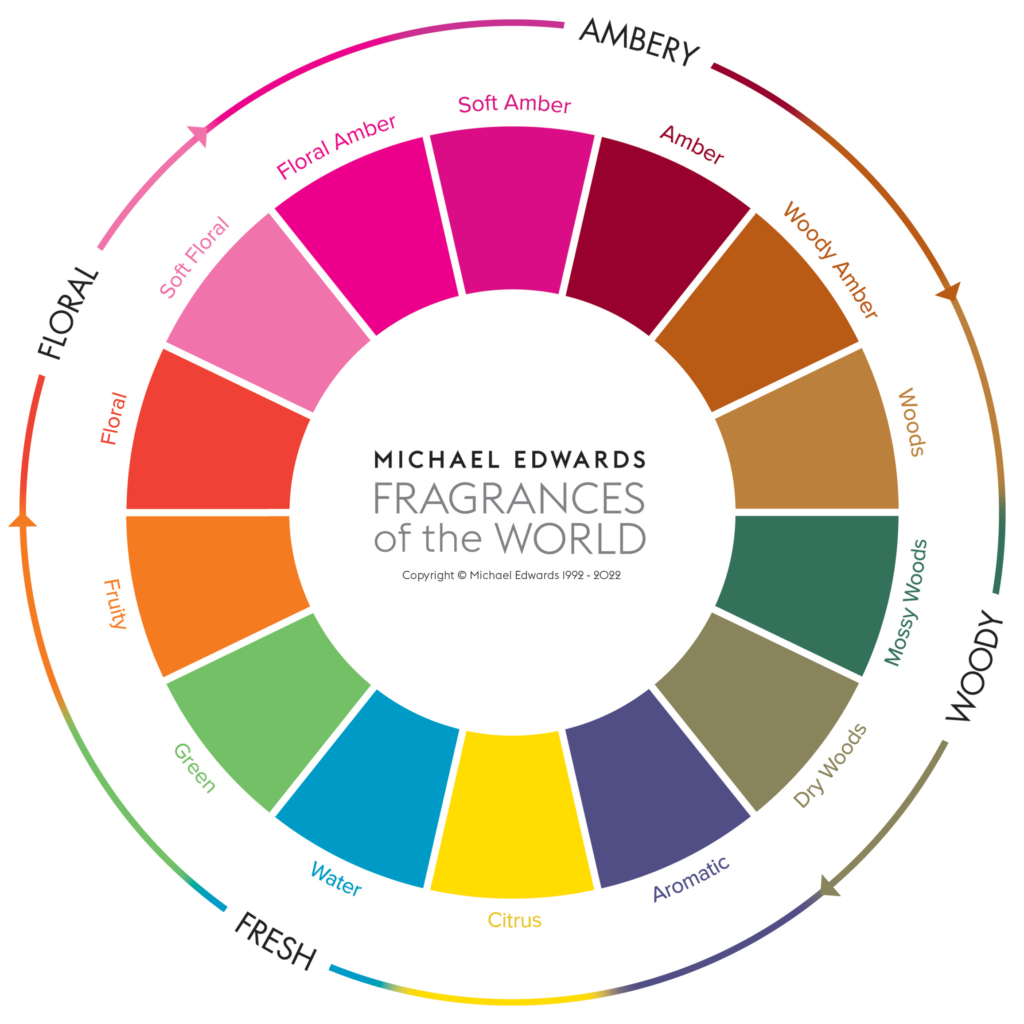
Fragrance families provide a framework for categorizing perfumes based on their dominant notes. Here are some popular fragrance families and their characteristics:
Floral: Dominated by the scents of various flowers, floral fragrances can range from delicate and light to rich and intense. Examples include rose, jasmine, lily of the valley, and violet.
Fruity: Captures the aromas of different fruits, adding a sweet and vibrant touch to perfumes. Common fruity notes include lemon, bergamot, mango, pineapple, and passionfruit.
Woody: Revolves around warm and earthy scents of wood, evoking depth and sensuality. Notes such as sandalwood, cedarwood, patchouli, and vetiver are commonly found in this family.
Oriental: Rich, exotic, and often associated with warm spices, resins, and balsamic notes. Oriental fragrances have a luxurious and sensual character. Common notes include vanilla, cinnamon, amber, incense, and musk.
Citrus: Fresh, uplifting, and reminiscent of citrus fruits’ zestiness.
Aromatic: Feature herbal and green notes, providing a refreshing and natural aroma.
Aquatic: Inspired by the ocean, these fragrances evoke a cool, watery, and fresh feeling.
Step 5: Keep a scent journal
Write down the scents you like, along with brief descriptions. Identify patterns and similarities among your favourites.

Step 6: Consider fragrance intensity
Layer scents with varying intensities. Use lighter fragrances as top layers for freshness and more pronounced ones as middle or base layers for depth and longevity.
Step 7: Experiment and have fun!
Limit layering to two or three fragrances for a balanced blend. Let perfumes develop on your skin before adding the next layer to avoid confusing your skin and the nose. And finally, experiment and have fun. Perfume layering is about personal expression. Discover unique combinations that reflect your individuality.
Discover more about So Fragrance
